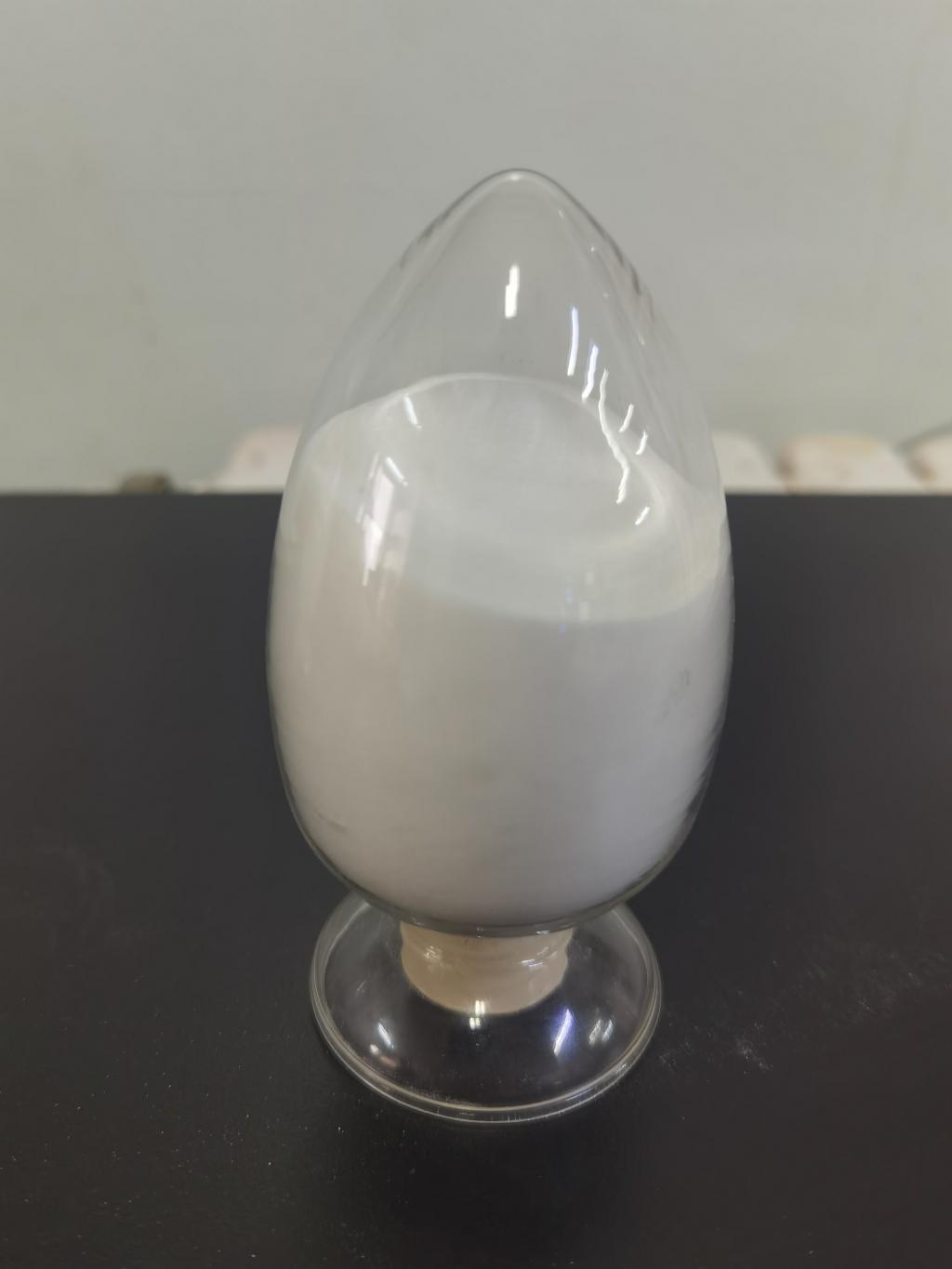Tel:+8618231198596

News
 CONTACT
CONTACT
 CONTACT
CONTACT
- Linkman:Linda Yao
- Tel: +8618231198596
- Email:linda.yao@dcpharma.cn
- Linkman:CHARLES.WANG
- Department:Overseas
- Tel: 0086 0311-85537378 0086 0311-85539701
News
Challenges and Opportunities: Navigating the Regulatory Landscape of ε-Polylysine Hydrochloride
TIME:2024-01-02
Regulatory Status of ε-Polylysine Hydrochloride:
Understanding the regulatory status of ε-Polylysine Hydrochloride is fundamental to its incorporation into food products. In various regions, regulatory bodies evaluate the safety, efficacy, and acceptability of food ingredients, including preservatives. The regulatory status of ε-Polylysine Hydrochloride is influenced by factors such as its origin, production methods, and intended applications.
Global Variations in Regulatory Approval:
The approval and acceptance of ε-Polylysine Hydrochloride as a food preservative vary across countries and regions. While some countries have embraced it as a Generally Recognized as Safe (GRAS) ingredient, others may require more extensive evaluation. Harmonizing regulatory approvals globally is an ongoing challenge, and manufacturers must navigate the specific requirements of each market to ensure compliance.
FDA GRAS Status and U.S. Regulations:
In the United States, the Food and Drug Administration (FDA) has granted GRAS status to ε-Polylysine Hydrochloride for specific uses, acknowledging its safety when used within established guidelines. However, the regulatory landscape is dynamic, and manufacturers must stay informed about any updates or changes in regulations that may impact the status of ε-Polylysine Hydrochloride.
European Food Safety Authority (EFSA) Evaluation:
The European Union follows a stringent evaluation process through the European Food Safety Authority (EFSA). EFSA assesses the safety and efficacy of food additives, including preservatives like ε-Polylysine Hydrochloride. Obtaining approval from EFSA is essential for the acceptance of ε-Polylysine Hydrochloride in the European market.
Codex Alimentarius: International Food Standards:
Codex Alimentarius, established by the Food and Agriculture Organization (FAO) and the World Health Organization (WHO), sets international food standards. The inclusion or exclusion of ε-Polylysine Hydrochloride in the Codex standards can significantly impact its acceptance globally. Navigating Codex guidelines is crucial for achieving international consensus on the regulatory status of ε-Polylysine Hydrochloride.
Challenges in Regulatory Harmonization:
Harmonizing regulations globally presents challenges due to differences in assessment criteria, risk perception, and regulatory priorities among countries. While some regions may prioritize the safety of a preservative, others may emphasize its technological necessity or economic impact. Bridging these gaps requires collaborative efforts and open communication between regulatory authorities worldwide.
Opportunities for Industry Collaboration:
Collaboration between the food industry and regulatory bodies is a key opportunity to address challenges in the regulatory landscape. Industry stakeholders can provide valuable data on the safety and efficacy of ε-Polylysine Hydrochloride, aiding regulatory assessments. Open dialogue fosters mutual understanding and may lead to streamlined processes for regulatory approval.
Risk Assessment and Safety Considerations:
Regulatory bodies conduct risk assessments to evaluate the safety of food ingredients. Manufacturers of ε-Polylysine Hydrochloride must proactively engage in safety assessments, providing comprehensive data on toxicity, allergenicity, and potential health impacts. Demonstrating the safety of ε-Polylysine Hydrochloride is essential for gaining regulatory approval.
Labeling and Transparency:
Consumer transparency and accurate labeling are integral to regulatory compliance. Clear and accurate labeling of food products containing ε-Polylysine Hydrochloride helps build consumer trust and ensures compliance with regulatory requirements. Manufacturers should communicate transparently about the use of ε-Polylysine Hydrochloride and its benefits.
Sustainable Practices and Regulatory Considerations:
As sustainability becomes a focal point in the food industry, regulatory bodies are increasingly considering the environmental impact of food additives. Manufacturers can leverage the sustainability benefits of ε-Polylysine Hydrochloride, such as its natural origin and targeted action, to align with regulatory priorities and consumer expectations.
Future Regulatory Trends:
Anticipating and adapting to future regulatory trends is essential for industry stakeholders. Regulatory bodies may evolve their criteria, emphasizing factors such as environmental impact, clean label trends, and the reduction of synthetic preservatives. Staying informed about emerging regulatory considerations positions manufacturers to navigate future challenges successfully.
Research and Development Initiatives:
Investing in research and development initiatives can address regulatory challenges by generating robust scientific data. Research studies on the safety, efficacy, and applications of ε-Polylysine Hydrochloride contribute to the body of evidence supporting its regulatory approval. Collaboration between academia, industry, and regulatory agencies can drive innovation and regulatory acceptance.
Conclusion:
Navigating the regulatory landscape of ε-Polylysine Hydrochloride presents both challenges and opportunities for the food industry. While variations in global approval processes and evolving regulatory trends pose hurdles, collaboration, transparency, and a commitment to safety can overcome these challenges. Industry stakeholders must seize the opportunity to engage with regulatory bodies, contribute to the scientific understanding of ε-Polylysine Hydrochloride, and position this natural preservative as a safe and sustainable choice for the future of food preservation.
- Tel:+8618231198596
- Whatsapp:18231198596
- Chat With Skype







